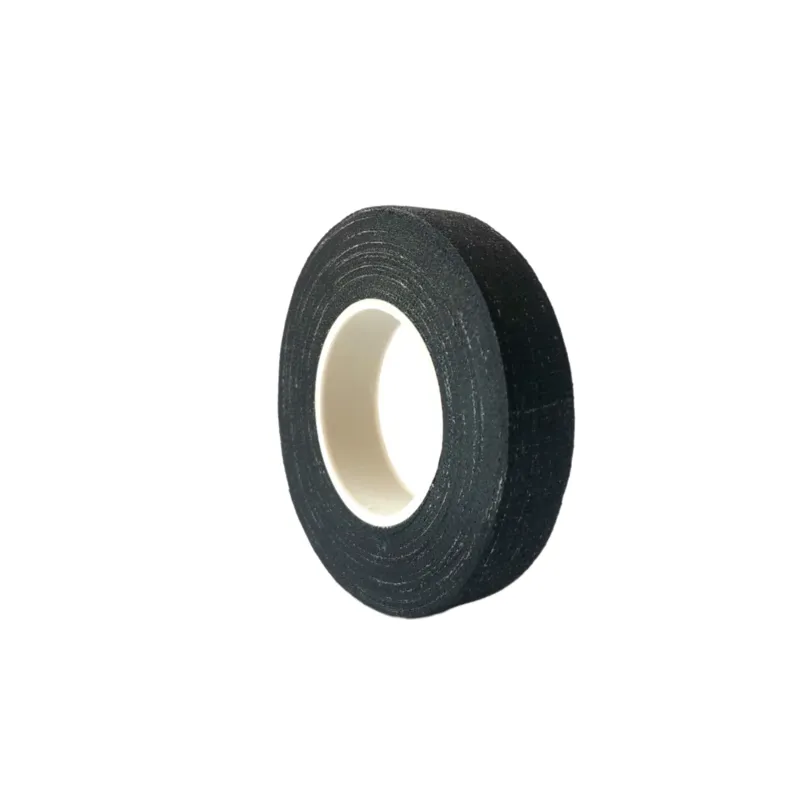Understanding Butyl Rubber Flashing Features, Benefits, and Applications
In the world of construction and waterproofing, materials play a crucial role in ensuring structural integrity and longevity. One such material that has gained considerable attention for its superior performance is butyl rubber flashing. This article explores butyl rubber flashing, discussing its features, benefits, and typical applications.
What is Butyl Rubber Flashing?
Butyl rubber flashing is a highly versatile, synthetic rubber compound that is used primarily in the construction and roofing industries. Known for its excellent adhesive properties, butyl rubber is a copolymer of isobutylene and isoprene, which gives it unique characteristics, including water resistance, durability, and flexibility. Flashing refers to thin pieces of material, often installed at joints and seams, to direct water away from critical areas of a structure, preventing leaks and water intrusion.
Features of Butyl Rubber Flashing
1. Water Resistance One of the standout features of butyl rubber flashing is its exceptional water-resistance ability. It effectively seals joints and seams, ensuring that water does not penetrate into building structures. This characteristic is particularly valuable in roofing applications and areas prone to moisture exposure.
2. Adhesive Properties Butyl rubber flashing adheres well to various surfaces, including metal, wood, and concrete. This strong adhesion helps create a reliable seal that can withstand the elements.
3. Flexibility and Elasticity The material's inherent flexibility allows it to expand and contract with temperature changes without losing its integrity. This elasticity is essential in environments where thermal movements are prevalent, contributing to the longevity of the seal.
4. UV Stability Butyl rubber is resistant to ultraviolet (UV) radiation, which makes it suitable for outdoor applications. This quality prevents degradation from sun exposure and helps maintain the flashing's effectiveness over time.
5. Chemical Resistance Butyl rubber exhibits resistance to a variety of chemicals, making it suitable for use in industrial settings where exposure to harsh substances could occur.
Benefits of Using Butyl Rubber Flashing
butyl rubber flashing

1. Enhanced Longevity The durability of butyl rubber flashing translates to a longer lifespan for roofing and construction systems. This longevity reduces the frequency and costs associated with repairs and replacements.
2. Cost-Effectiveness While the initial cost of butyl rubber flashing may be higher than other materials, its durability and low maintenance needs often result in lower total cost over time.
3. Ease of Installation Butyl rubber flashing is relatively easy to install, requiring minimal tools and expertise. This convenience can save labor costs and time during projects.
4. Versatile Application Butyl rubber flashing has a wide range of applications including roofing, window flashing, HVAC connections, and in areas where pipes or ducts penetrate walls or roofs. Its adaptability makes it a favorable choice for various construction scenarios.
Typical Applications of Butyl Rubber Flashing
1. Roofing In roofing systems, butyl rubber flashing is often used in conjunction with membranes and shingles to seal joints and prevent water ingress.
2. Windows and Doors It is applied around window and door frames to ensure a watertight seal, providing protection against moisture infiltration and drafts.
3. HVAC Systems Butyl rubber flashing is used to create seals around HVAC ductwork, ensuring energy efficiency and preventing condensation issues.
4. Foundation Areas For below-grade applications, butyl rubber flashing aids in waterproofing foundation walls and protecting them from hydrostatic pressure.
Conclusion
In summary, butyl rubber flashing stands out as a vital material in construction and waterproofing. With its unique properties like water resistance, flexibility, and strong adhesion, it serves a myriad of applications that enhance the durability and performance of buildings. By investing in butyl rubber flashing, contractors and property owners can ensure that critical areas of structures remain protected from the damaging effects of water infiltration and environmental stressors. As ongoing advancements in construction materials continue, butyl rubber flashing is expected to maintain its reputation as a reliable solution in the industry.
-
Versatility with Tape Electrical InsulationNewsJun.09,2025
-
Floor Marking Tapes For WareHouseNewsJun.09,2025
-
Enhance Your Projects with PVC Electrical TapesNewsJun.09,2025
-
Enhance Your Projects with Automotive Wiring Harness TapeNewsJun.09,2025
-
Enhance Your Automotive Fabric TapesNewsJun.09,2025
-
Enhance Electrical Projects with Cambric TapeNewsJun.09,2025
